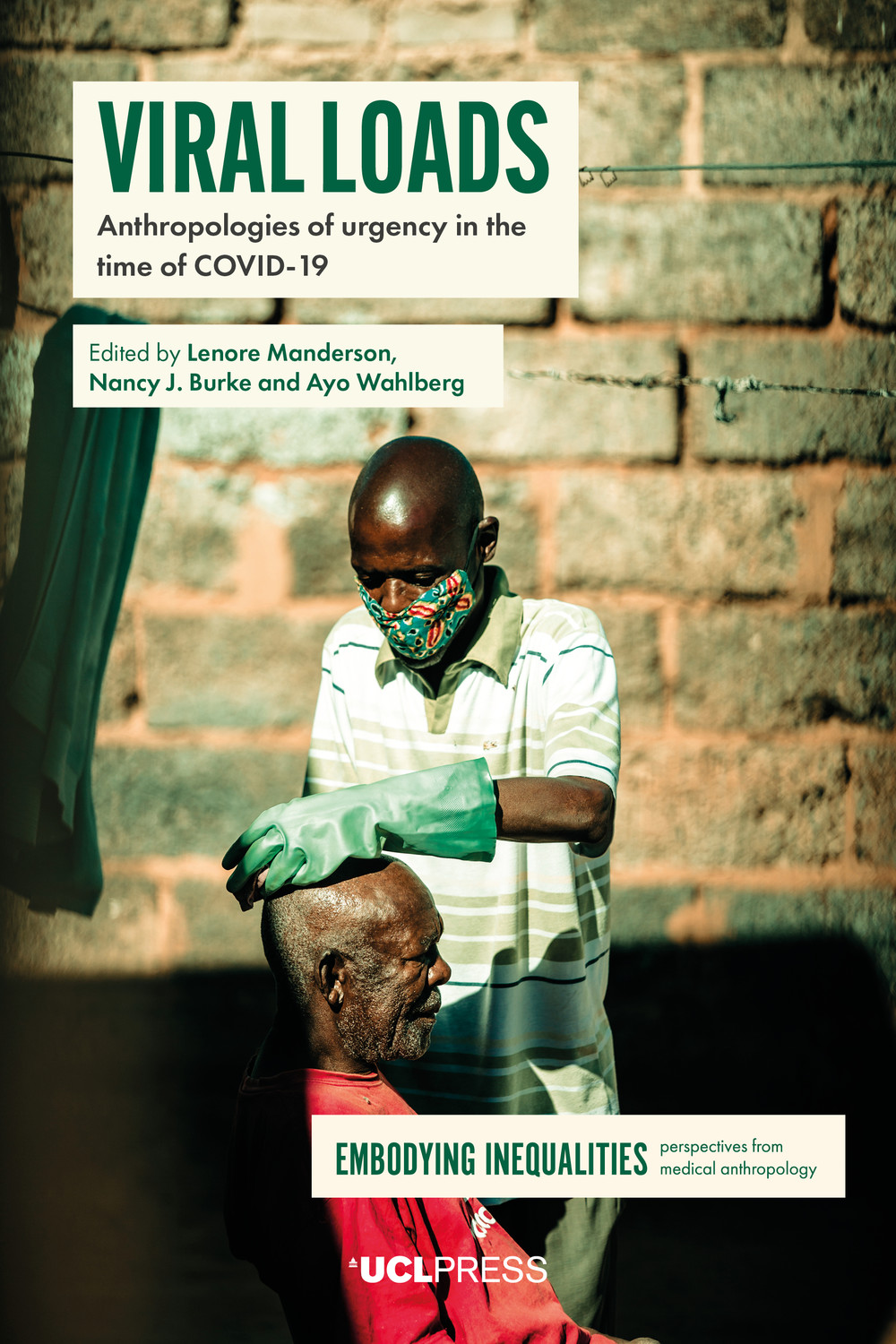An account is required to join the Society, renew annual memberships online, register for the Annual Meeting, and access the journals Practicing Anthropology and Human Organization
- Hello Guest!|Log In | Register
Interfaces of Global Applied Anthropology
Part one: COVID-19 and the State
We consider how states acted to contain transmission, gear up health services, and mitigate the impact of infection, and how populations responded to the unfolding pandemic.
Lenore Manderson (University of the Witwatersrand, Johannesburg, South Africa)
Judith Freidenberg (University of Maryland, USA)
Nancy J. Burke (University of California, Merced, USA)
Susan Levine (University of Cape Town, South Africa)
Elżbieta Drążkiewicz (Slovak Academy of Sciences, Slovakia)
Abril Saldaña-Tejeda (Universidad de Guanajuato, Mexico)
Robyn Eversole (Swinburne University, Australia)
Part two: How COVID Exploited Structural Vulnerability and Inequalities
COVID-19 consistently exposed inequality, structural violence, xenophobia, and racism especially. We look at what this involved in different settings.
Nancy J. Burke (University of California, Merced, USA)
Sarah Gibbon (University College London, UK)
Aditja Bharawaj (Graduate Institute Geneva, Switzerland)
Oğuz Alyanak (Technische Universität Berlin, Germany)
Cristina Pop (Creighton University, USA)
Judith Freidenberg (University of Maryland, USA)
Part three: COVID’s Compounding Effects: Social Exclusion and Marginalization
Many populations were already marginalized; the pandemic drew attention to this. For some minorities, though, restrictions provided opportunities to challenge the status quo.
Ayo Wahlberg (University of Copenhagen, Denmark)
Linda Rae Bennett (The University of Melbourne, Australia)
Surekha Garimella (George Institute for Global Health, India)
Sabina Faiz Rashid (BRAC University, Bangladesh)
Tsipy Ivry (Haifa University, Israel)
Robyn Eversole (Swinburne University, Australia)
Part four: COVID and Modalities of Care
The pandemic placed pressure on health services, communities and families. We look at how people negotiated relationships and the provision of care.
Lenore Manderson (University of the Witwatersrand, Johannesburg, South Africa)
Ellen Block (College of Saint Benedict and St. John’s University, USA)
Ayo Wahlberg (University of Copenhagen, Denmark)
Tanja Ahlin (University of Amsterdam, Netherlands)
Haripriya Narasimhan (Indian Institute of Technology Hyderabad, India)
Gideon Lasco (University of the Philippines, Diliman, The Philippines)
Carlos Vélez-Ibáñez (Arizona State University, USA)
Part five: Applied Anthropology, the Pandemic, and the Future
Anthropological engagement and theory offer ways to understand this continuing tragedy. We consider how applied anthropologists have worked during the pandemic in relation to methods and interventions, policies, and practices.
Lenore Manderson (University of the Witwatersrand, Johannesburg, South Africa)
Carlos Vélez-Ibáñez (Arizona State University, USA)
Robyn Eversole (Swinburne University, Australia)
Judith Freidenberg (University of Maryland, USA)
Nancy J. Burke (University of California, Merced, USA)
Ayo Wahlberg (University of Copenhagen, Denmark)


Cart
Search